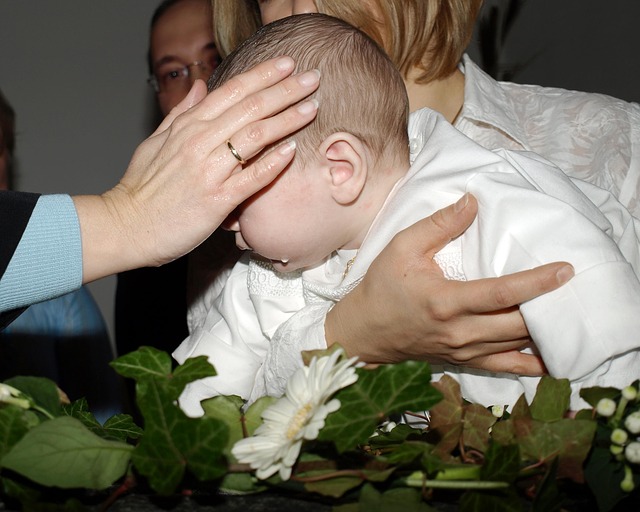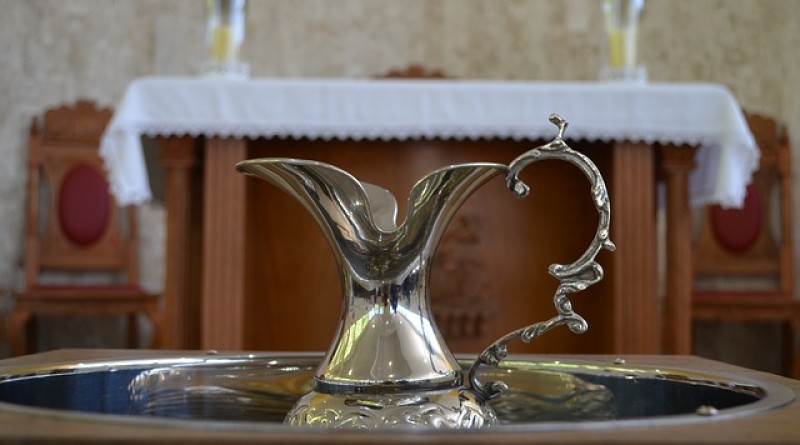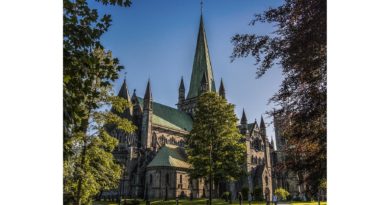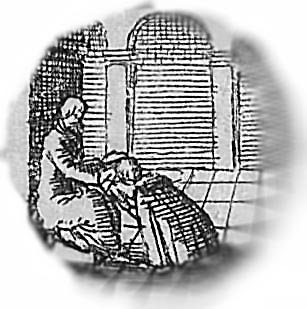Norwegian renaming traditions
Many genealogists know about renaming traditions. Some use it for a lot more than it’s worth.
When we talk about renaming we are, of course, talking about the tradition of giving the children the names of their forefathers and mothers.
I am writing this in response to many questions I, over the years, have received about these traditions. I have also seen these traditions used to “prove” a relation. This is hazardous and I have seen family trees blow over due to this practice.
Even though they are not applied anymore the traditions are, pretty much, part of common knowledge among Norwegians. I have also based this little introduction on some sources that unfortunately, to my knowledge are available only in Norwegian. Please refer to the list of sources at the end.
The only two unquestionable statements that can be made about Norwegian renaming traditions are: 1) the use varied through the years, from district to district and from family to family. In very general terms we can say that the further back we go the stricter the following of these traditions we find. 2) renaming may suggest a relationship, but never prove it.
That was perhaps three statements 🙂
The basic pattern of renaming is:
- the first-born boy is named after his father’s father
- the first-born girl is named after her father’s mother
- the second boy was named after his mother’s father
- the second girl was named after her mother’s mother
This pattern may be turned on its head if it was the mother who inherited the farm. For the next children they went on to other relatives, often Great-Grandparents (Stoa/Sandberg 1992:32) In the cases where I have studied this, I have not been able to observe any set pattern after the grandparents have been renamed. This is view supported by Seland (1978:104)
When these simple “rules” has been applied, you can see why there often are several persons with the same name within the same timeframe and farm-complexes (Farms divided into several sub-divisions/farm-parts (Se my article “Norwegian farm structure”)). This makes it extremely important not to jump to conclusions when we find a person with the name we are looking for. We should spend time ruling out the possibility that there are other persons with the same name on or close to the farm we are looking at.
I have had people ask if a name was not reused until the original bearer had passed away. This have been observed in some districts. E.g. Stein Tau Strand Auestad tells me, in a Facebook comment, that in the Ryfylke region in Rogaland, renaming after a living person was considered bad luck. While doing my own genealogy I have found nothing that supports this to be a general rule. This view is also supported by Seland (1978:102) and Randsborg (1990:102)
When a parent died and the remaining spouse remarried, it was not uncommon that the first child of the correct gender was renamed after the deceased spouse(Aurenes 1941:118). When a child died, some considered it appropriate to name the next child after the dead (Seland 1978:103). Going through my database of ancestors I find that this not can be considered as a general rule.

In my family that originated in Tresfjord in Romsdal the name Hans was used for several generations. It is no wonder that our second son, who was born right after I started my genealogy, got the name Hans (Inge).
My great-grandfather had two brothers who were named Hans. The oldest Hans was alive when, and lived long after the youngest Hans was born. Their grandfathers were Hans and Lars, so this was no strict application of renaming traditions in cases where both the grandfathers had the same name. They had a father, grandfather and great-grandfather who all was named Hans. These births took place in 1858 and 1869. Only one of the other siblings are named after one of the grandparents. We can say that except for these two examples, no re-naming “rules” were applied in this family at this time. This has led me to think that the oldest Hans might have been seriously ill, and not expected to survive, at the time of the youngest Hans birth.
If we stick around in Tresfjord we can observe that sub-divisions (bruk) on many farms have names after a person. I am thinking of Jakobsgarden, Pettergarden and many more (gard = farm). In such cases the name was considered to be linked to the farm. This is also mentioned by Seland (1978:104) I have found that this tradition may appear in all the different areas in Norway where I have looked into genealogies.
If a couple was given/inherited a farm by a childless aunt and/or uncle (or other relative) they would be expected to name their first, and possibly second child after the giver(s). (Stoa/Sandberg 1992:32) This is what we call “honorary renaming”. We may suspect that this also happened in cases where the parents were hoping to receive a gift or inheritance.
So, can these renaming traditions help us genealogists? In my opinion; only to a very small degree. Renaming patterns can be interesting to observe, but as some have commented, highly confusing. My intention with this little presentation has been to show that renaming may suggest a relationship, but never prove it.
Sources
Articles in historical journals:
Randsborg, Hege B:”Navneoppkalling – myte eller virkelighet?” in Namn og Nemne nr 7. 1990
Seland, Per: “Navneskikker i eldre og nyere tid” in Norsk slektshistorisk tidskrift nr 26. 1978
Books:
Aurenes, Ola: “Litt om namneskikk og namnebruk på Jæren gjennom 400 år” No publisher listed. Stavanger(?) : s.n., 1941
Stoa, Nils Johan og Sandberg, Per-Øivind: “Våre røtter” Cappelen, Oslo. 1992






Thanks, Martin, for your interesting dialog on Norwegian Naming Traditions. Three of my four g-grandparents came from different areas on Norway and I see those tradition in their family names. Dale
Martin,
I want to let you know that two of your blog posts are listed in today’s Fab Finds post at http://janasgenealogyandfamilyhistory.blogspot.com/2016/03/follow-friday-fab-finds-for-march-11.html
Have a great weekend!